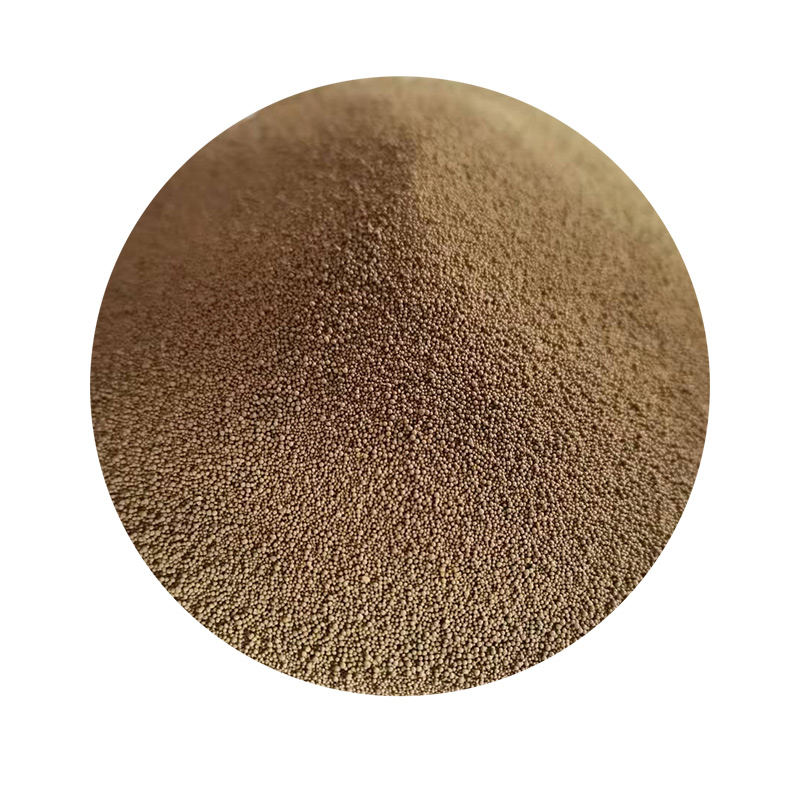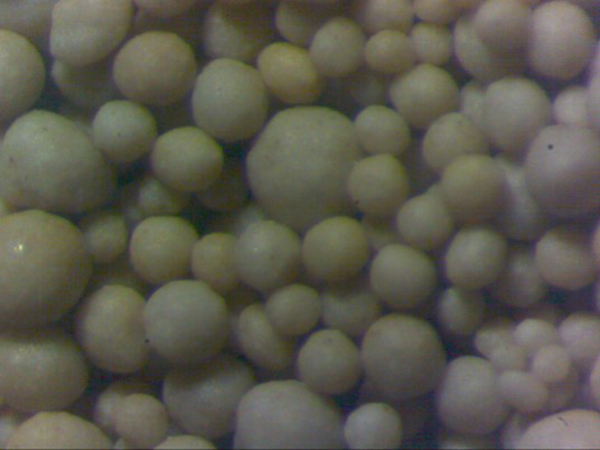Creating smoother 3D prints without the need for labor-intensive sanding is a dream for many enthusiasts and professionals in the 3D printing community. Fortunately, there are innovative techniques and materials now available that can achieve a flawless finish straight off the print bed. This article delves into some of these methods, providing insights based on real-world experiences, expert opinions, and authoritative advice from the 3D printing industry.

One of the most effective ways to obtain smooth 3D prints is by carefully selecting the type of filament or resin. For FDM (Fused Deposition Modeling) printers, using high-quality PLA or ABS with a uniform diameter can significantly reduce surface roughness. Brands like Prusament and Hatchbox are well-regarded for their stringent manufacturing standards, offering filaments that are less prone to tangling and provide consistent extrusion rates essential for smooth prints.
Resin printing, specifically with SLA (Stereolithography) or DLP (Digital Light Processing) printers, inherently results in smoother surfaces thanks to their layer-less construction approach. Choosing a high-resolution resin and ensuring that the printer is calibrated correctly can virtually eliminate the need for post-processing. Many experienced users recommend brands such as Anycubic or Elegoo, which have gained trust in the community for their finely tuned resins designed for detailed and smooth prints. 
The use of software optimizations represents another approach to enhancing the finish of 3D prints. Many slicing software offer advanced features such as variable layer height, which automatically adjusts the thickness of each layer depending on the print’s geometry, allowing for smoother curves without extra post-processing. This feature, available in software like Cura or PrusaSlicer, is backed by extensive community feedback and proven results for improving surface smoothness.
Exploring chemical smoothing techniques can also be highly effective, particularly for ABS filament. Acetone vapor smoothing is a popular method that involves exposing the print to acetone fumes, which slightly melts the surface for a polished look. Although effective, this method requires careful handling and safety precautions to avoid overexposure to dangerous fumes. Users who have mastered this technique often build DIY smoothing chambers for controlled environments.
Investing in high-quality equipment enhances print quality, too. Utilizing a printer with improved temperature control features like heated beds and enclosed chambers can significantly influence the finish, as stable temperatures reduce warping and enhance layer adhesion. Key industry players such as Ultimaker and MakerBot are renowned for their durable and precisely engineered printers that cater to both newcomers and seasoned professionals.
Finally, integrating a thinned down layer of primer or coat can add an extra level of smoothness to your 3D prints. Selecting the right polish material, which matches the print type, can provide the finishing touch to an already smooth print. Trusted brands offering specialized 3D printing primers are often recommended by expert community members for their reliability in providing a high-quality finish.
By leveraging these advanced techniques and tools, anyone can achieve beautifully smooth 3D prints without the grueling effort of sanding. As the field of 3D printing continues to evolve, staying updated with these methods and continuously learning from seasoned enthusiasts can lead to unprecedented excellence in print quality and efficiency.
Next:3d print sanding
